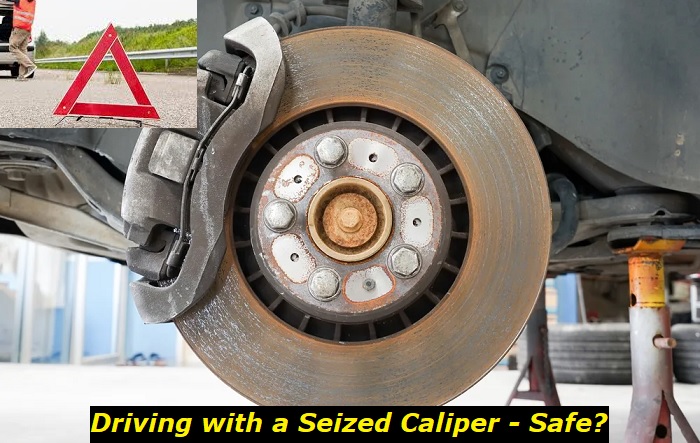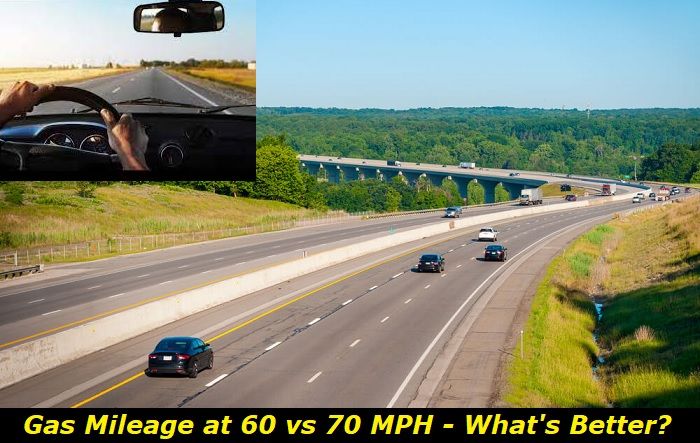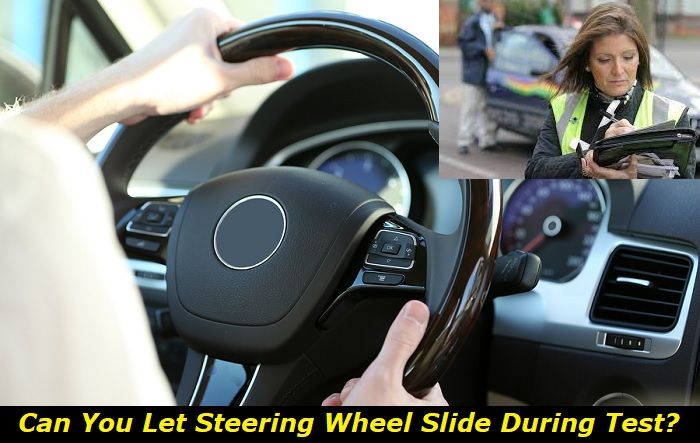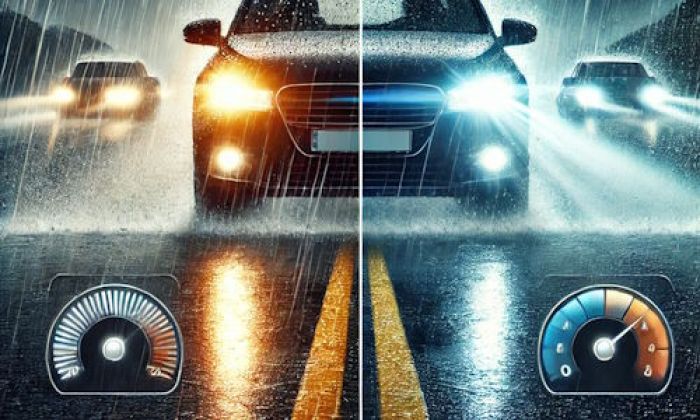As you need the engine to drive your vehicle, you need a working brake system to bring it to a stop at the end of your journey. The brake assembly has several pieces that play essential roles. One of these components is the caliper, the brake part that houses the pistons and brake pads. The caliper assists in controlling your stopping speed.
Brake caliper problems highlights
- Level of urgency:super-urgent
- DIY diagnostics:impossible
- DIY repairs:impossible
- Price for repair:$300 - $600
- Common symptoms:noise when driving, bad braking, locked-up wheels
- Commonreasons:old caliper, physical damage
- If ignored:locked wheels, dangerous driving, accidents

How Long Can You Drive with a Seized Caliper
You can drive as far as you wish with a seized caliper. However, you will be risking the lifespan of the transmission system. If you trust your driving skills and are sure you can bring the vehicle to a stop when you arrive, you can keep driving. This is because, although the brake pads will remain slightly stuck on the rotor, your wheels will still be able to rotate.
With that in mind, you should never forget that driving with any faulty critical component of your vehicle is not advisable. When you drive with a seized caliper and your brake pads are stuck on the rotor, you lose some of your braking power. A seized caliper reduces your braking control by around 25 percent.
Therefore, if you only drive to your corner garage to fix the problem, your vehicle will not suffer considerable damage. Any distance further than two miles will damage your vehicle - it can warp the rotors and strain the transmission system.
Is It Dangerous to Drive with a Seized Caliper?
As mentioned earlier, a seized caliper throws 25 percent control of your braking control out the window. Driving with anything below 100 percent control puts you at risk of something unpleasant happening before you arrive. However, if you go only a short distance to your mechanic, you can trust your driving skills and drive slowly.
To worsen the matter, driving with a seized caliper gives an advantage to elements outside your control realm that could make your drive risky. You do not want to leave home with a frozen caliper only to meet with a heavy downpour. This increases the danger of your vehicle skidding on the road and causing an accident. You should also avoid muddy or icy roads.
Another danger of driving with a seized caliper is the possibility of locking the wheels when you desperately need to drive away-for example, escaping a fire. While on the same issue, when you drive with the brake pads stuck to the rotor, the friction it creates is too high. If you drive at high speeds, the friction can heat the tires and cause them to blow.
That is not a safe situation.
How Can You Tell When You Have a Seized Caliper?
Your vehicle will manifest the following symptoms if you have a seized caliper. Some of them are easy to notice than others.
1) Strange Noises
When your brake caliper locks up, the brake pad and the rotor stay in contact. As you drive, the friction of these two components will produce strange noises that your vehicle does not make under normal conditions. Driving with a seized caliper causes your brake pads to wear faster than usual. As a result, you will hear grinding and scraping noises coming from the direction of the stuck caliper.
2) Strange Burning Smell
Another sign of a locked-up caliper is a burning odor. When the brake pad sticks to the rotor, the wearing rate increases due to the constant friction. This excess friction produces a foul burning smell, which you can detect even from a distance.
3) Smoke
As mentioned right above, the constant friction of the brake caliper and the rotor leaves a foul burning smell. The issue will stop at the burning odor if you stop driving. If you keep driving, the friction can quickly turn into smoke. This is easy to notice because you will see the smoke billowing from the wheel end that has a locked-up caliper.
4) Pulling to One Side
This is easy to understand because when a brake caliper locks up, it causes the affected wheel to spin slower than the rest. If you have a seized caliper, your vehicle will keep pulling to one side as you drive. The pulling force becomes more potent when you apply the brakes. This is a dangerous situation as it can force you to switch lanes unconsciously if you are unaware of the problem.
5) Heat Coming Off the Wheel
As mentioned earlier, some signs of a locked-up caliper are not easy to notice. The heat coming from the affected wheel is among those subtle symptoms.
If you are driving and suspect having a seized caliper, you can stop your vehicle, kill the engine, and confirm your doubts. To do this, place your hand near every wheel without touching it. You will notice an intense heat wave coming off the wheel with the seized caliper. This heat is because of the constant friction of the brake pad and the rotor.
What Causes a Caliper to Lock Up?
Handful reasons could cause your brake caliper to lock up. Understanding these causes can be greatly valuable when solving the problem.
1) Faulty Slide Pins
The brake assembly has slide pins that facilitate the movement of the brake pad to and from the brake rotor. This movement is called inboard-to-outboard movement. Often, these pins lock up because of corrosion and other factors, causing the brake pad to remain attached to the brake rotor.
2) Bad Brake Hose
Another reason your brake caliper locks up is a collapsed brake hose. When a brake hose collapses, it traps brake fluid against the caliper piston. This prevents the brake application from releasing fully. If your brake caliper is brand new and locks up, a collapsed brake hose is the culprit. It is also the reason for a locked-up caliper if you just replaced the component.
If your brake caliper locks up because of a collapsed hose, the only remedy is to replace the hose.
3) Frozen Piston
Like the case of frozen slide pins, the inboard caliper piston can also freeze within its bores, and the reason is the same as for frozen slide pins, corrosion. When the caliper piston freezes, it holds the inboard brake pad against the brake rotor. It also forces the outside pad to engage the brake rotor due to slide pin actuation.
What is the Repair Cost for a Seized Caliper?
For safety's sake, you should fix your seized caliper before it causes other damages to the vehicle. The repair cost for this problem varies from one case to the other. Your vehicle's make and model, the extent of the damage, and the labor rates of your repair shop will determine the total cost to pay.
Before authorizing the job, you should share your information with the repair shop for a quotation. Averagely, you will spend between $100 and $600 to fix a seized caliper.
The midpoint of the average is most probably the actual price. On the higher end are repairs that involve parts replacement and expensive repairs. This applies primarily to performance or high-end luxury vehicles. If you pay between $100 and $200, you are probably only unfreezing a frozen caliper.
Conclusion
I hope we answered your question and cleared your doubts.
Yes, you can drive with a seized caliper. However, driving only a mile or two will be safe for you and your vehicle. A seized caliper robs you of your braking power, leaving you only around 75 percent control.
If you suspect your vehicle has a locked-up caliper, it is best to take it to a mechanic for diagnosis and repair.
About the authors
The CarAraC research team is composed of seasoned auto mechanics and automotive industry professionals, including individuals with advanced degrees and certifications in their field. Our team members boast prestigious credentials, reflecting their extensive knowledge and skills. These qualifications include: IMI: Institute of the Motor Industry, ASE-Certified Master Automobile Technicians; Coventry University, Graduate of MA in Automotive Journalism; Politecnico di Torino, Italy, MS Automotive Engineering; Ss. Cyril and Methodius University in Skopje, Mechanical University in Skopje; TOC Automotive College; DHA Suffa University, Department of Mechanical Engineering






Add comment